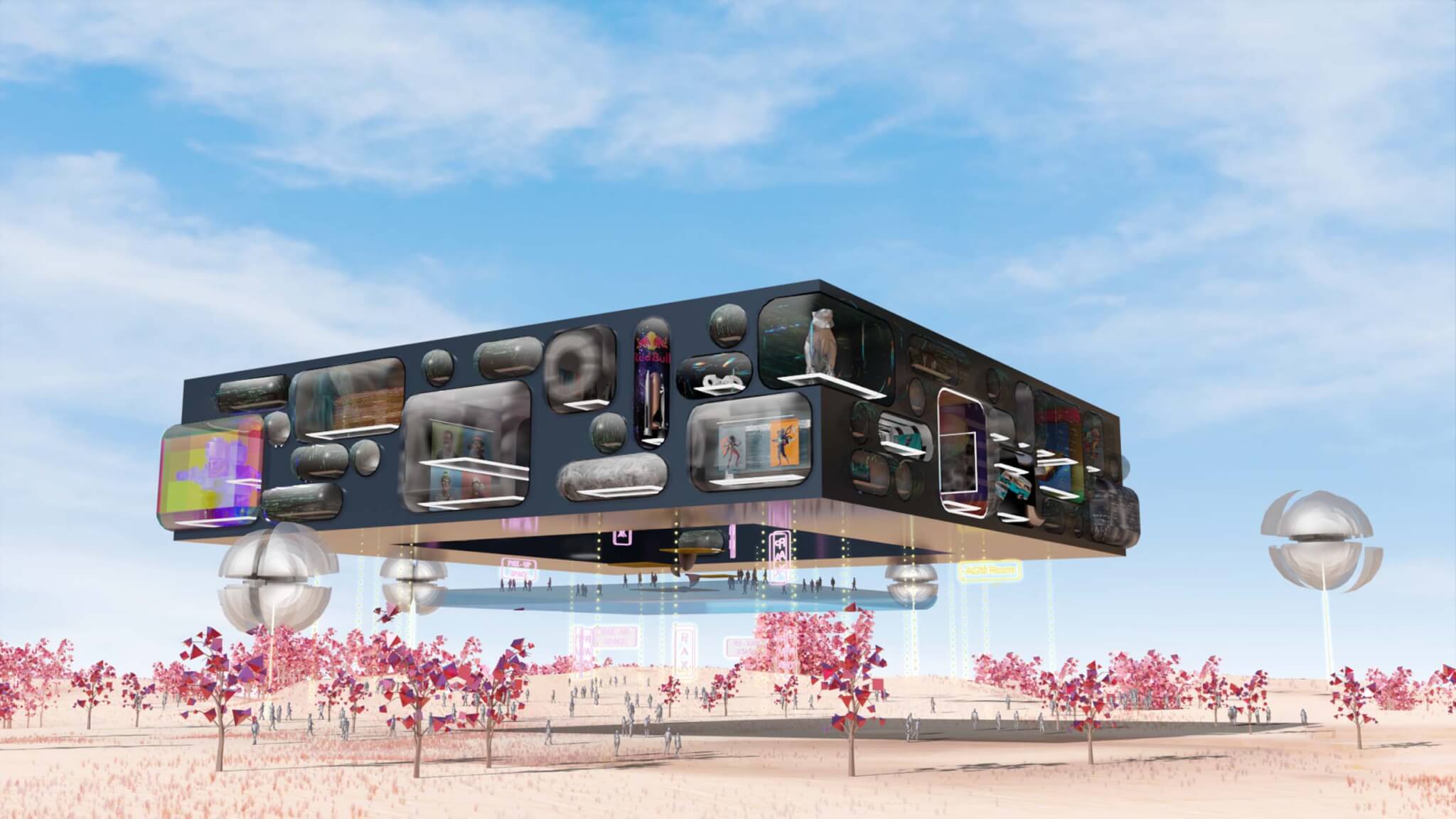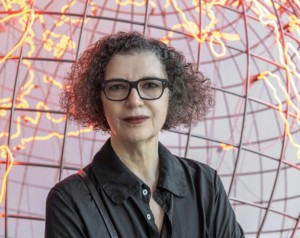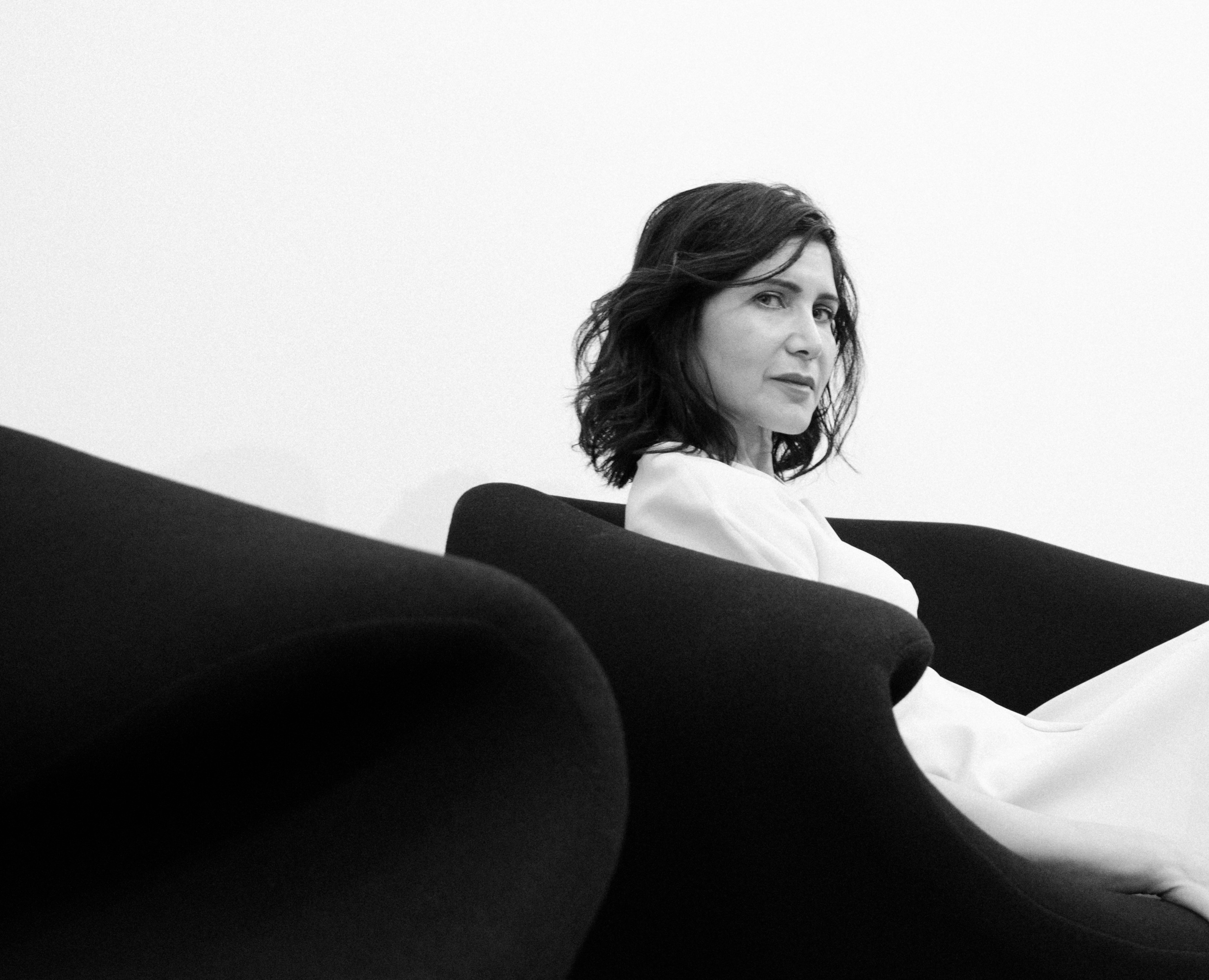If Foreign Office Architects’ first project, the huge Yokohama International Port Terminal in Japan, was the vast scale of rolling dunes, the Museum of Contemporary Art Cleveland—begun when the firm was still known as FOA and carried to completion by Farshid Moussavi Architecture—is compact as a cube. And size has made all the difference in keeping on track through the economic downturn with the $27.2 million building poised for opening in October.
At a New York presentation at the velvety Norwood Club, the museum’s executive director Jill Snyder described selecting the Moussavi from a field of 32 that was then boiled down to three, including SHoP and Office dA (dissolved in 2010), based on criteria that included knowing that the Cleveland museum would be “the most important job in the office for the duration of the project.”
In fact, MOCA Cleveland is not only Moussavi’s first museum but her first project in the United States. Located on a gateway site with landmark works of architecture on sites nearby and underway by Frank Gehry, Stanley Saitowitz and Rafael Vinoly, the museum will be Moussavi more sculptural than iconic, and is clad in an opalescent black steel to contrast with the shiny aluminum bodies nearby. James Corner Field Operations is designing the wedge-shaped plaza for Moussavi’s faceted building. A hexagonal ground floor that twists into a rectangle, the museum is further distinguished by vertical window slots that keep the cubically-inclined form buoyant. The geometric shift gives the four-story building a dramatic open atrium, but space was too valuable to waste in this tight 34,000 square foot composition. And so a dramatic staircase—one open stair leading up with an enclosed egress stair stacked beneath—becomes an event space on its own terms with a “cascading effect” allowing visitors to pause, look out, and proceed at multiple levels.
Though the project never stalled in 2008, the architects were asked to shave off some ten percent of costs achieved through tightening all aspects of the job and resulting in a net loss of just 1200 square feet of program space. “My respect for what architects can pull off when called upon,” Snyder said, “expanded exponentially. I think restrictions actually made it better.”
In a bold, bound to be controversial gesture, walls behind the stair as well as on the ceiling of the top-floor 6,000 square foot main gallery will be painted Some Major Blue—not to be confused with Yves Klein blue—that hopefully will make contemporary art works by the likes of David Altmejd, Katharina Grosse, Gordon Matta Clark and Haegue Yang among others to pop. First rejecting blue out of hand, Snyder said that a day-long discussion with Moussavi and several artists with full-scale mock-ups on the technical limits and opportunities of using such a declarative color led the team to embrace blue, as long as it is dark enough to disappear in an interesting way. With ceilings in the main gallery at 23 feet, that should not be a problem.










